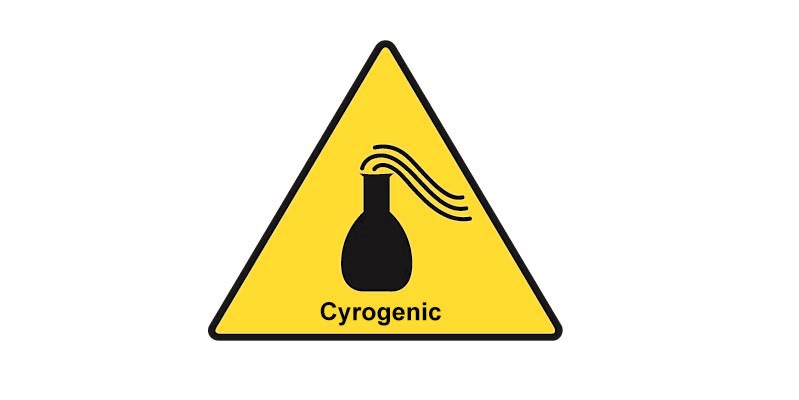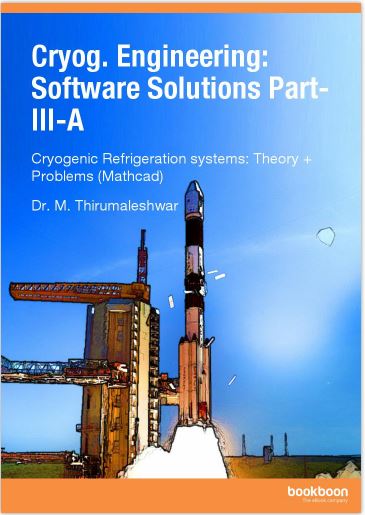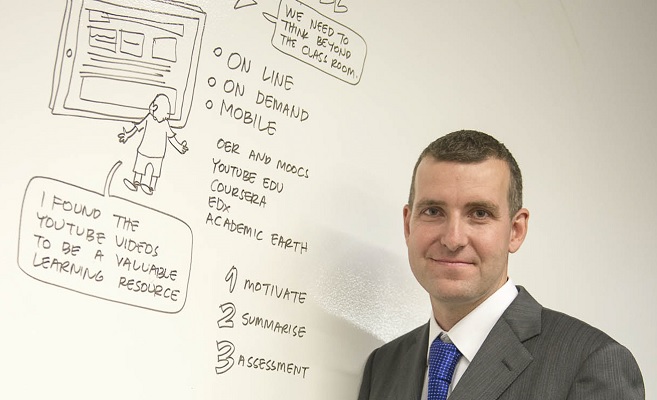Cryogenic Engineering: Software Solutions – Cryogenic Refrigeration Systems

 “Cryogenics” refers to temperatures below -150℃. Air and other “permanent gases” liquefy or solidify at these temperatures. Applications of cryogenics are in diverse fields: space exploration, high energy physics, magnetic levitation transportation, in steel, plastics, fertilizer, petrochemical, dairy industries, in medical applications such as cryoprobes in cryosurgery, whole body imaging etc. “Cryogenic Engineering” deals with production, transportation and utilization of cryogenic liquids.
“Cryogenics” refers to temperatures below -150℃. Air and other “permanent gases” liquefy or solidify at these temperatures. Applications of cryogenics are in diverse fields: space exploration, high energy physics, magnetic levitation transportation, in steel, plastics, fertilizer, petrochemical, dairy industries, in medical applications such as cryoprobes in cryosurgery, whole body imaging etc. “Cryogenic Engineering” deals with production, transportation and utilization of cryogenic liquids.
In this eBook, cryogenic refrigeration systems are dealt with under two headings:
- Refrigerators for temperatures above 2 K
- (ii) Refrigerators for temperatures below 2 K.
Part-III-A of my eBook contains a brief summary of background theory, definitions, formulas and the problems solved with Mathcad. Part-III-B contains problems solved with the Engineering Equation Solver (EES).
In this eBook, the focus is on the solutions of problems in cryogenic engineering using software such as Mathcad and the Engineering Equation Solver (EES). Mathcad is a well-known computing standard software and EES has the great advantage that it has inbuilt functions for properties of most of the cryogenic fluids and materials required for our calculations.
Advantages of using computer software to solve problems are:
- quick and accurate solutions,
- easy Parametric analysis and graphical visualization,
- easy plotting,
- curve fit,
- writing functions,
- using solved problems as templates to solve similar problems
For temperatures above 2 K (i.e. -271.15℃), several refrigerators are explained. They operate with well-known thermodynamic cycles such as simple Linde – Hampson (L-H), the Claude, Philips (or Stirling), Vuilleumier, Solvay Gifford-McMahon (GM) cycles. Miniature Stirling and G-M cycles are very popular in space applications.
For temperatures below 2 K (i.e. from -271.15℃ down to almost -273.15℃), we use unconventional methods: magnetic cooling, i.e. adiabatic demagnetization of paramagnetic materials (for milli-Kelvin temperatures), nuclear adiabatic demagnetization (for micro-Kelvin temperatures), and He3 – He4 dilution refrigerator for continuous operation in milli-Kelvin range.
Several Functions/Procedures are written in Mathcad and EES to simplify the standard and most required calculations. Also, many numerical problems are solved to illustrate the ease of computer calculations using Mathcad and EES.
Along with these free eBooks, two ZIP files are available for free: “Cryogenic liquefaction. systems – distributable” and “Cryogenic refrigeration. systems – distributable”. In total, they contain28 ‘stand-alone’ programs. They are originally written in EES but will work independently of EES or Mathcad.
Students, teachers, researchers and professionals may find these eBooks and programs very useful.
Cryog. Engineering: Software Solutions Part-III-A
Cryogenic Refrigeration systems: Theory + Problems (Mathcad)
[bookboon-recommendations id=”02fb8e42-0408-4371-b6ba-023cff11ccf5″ title=”You might also find these books interesting:”]

